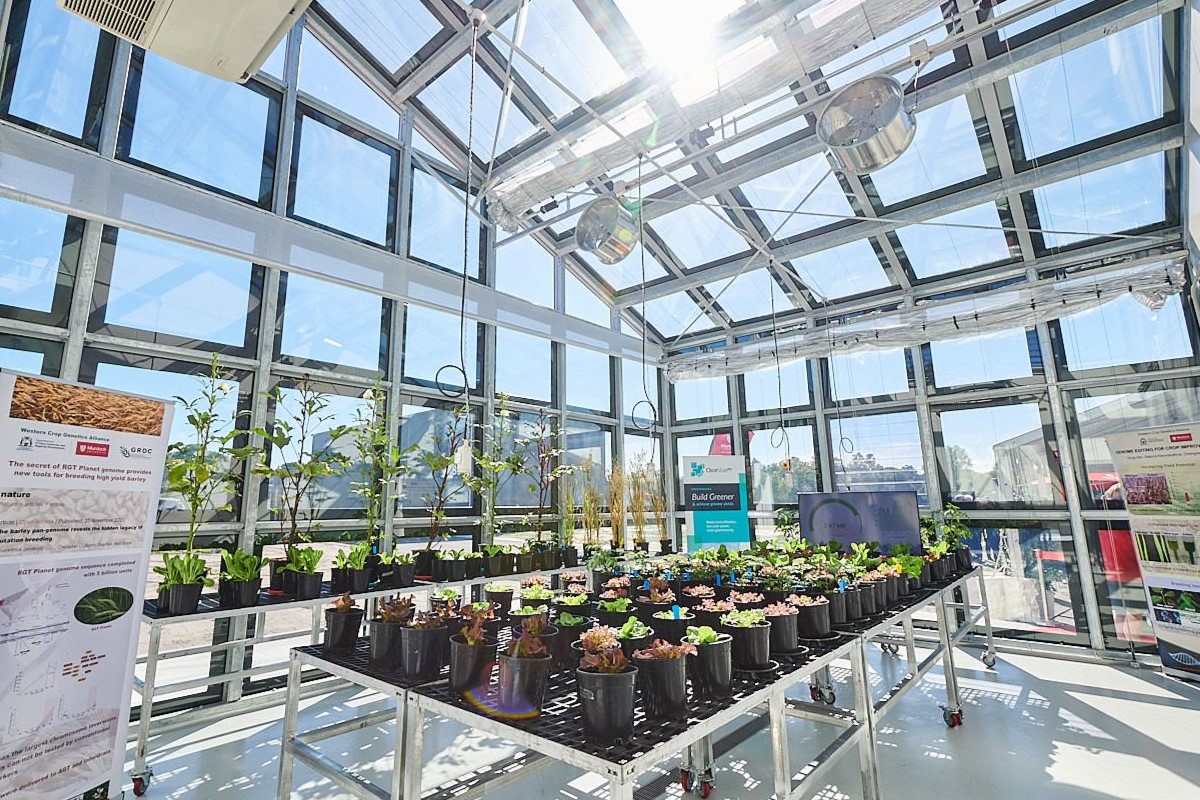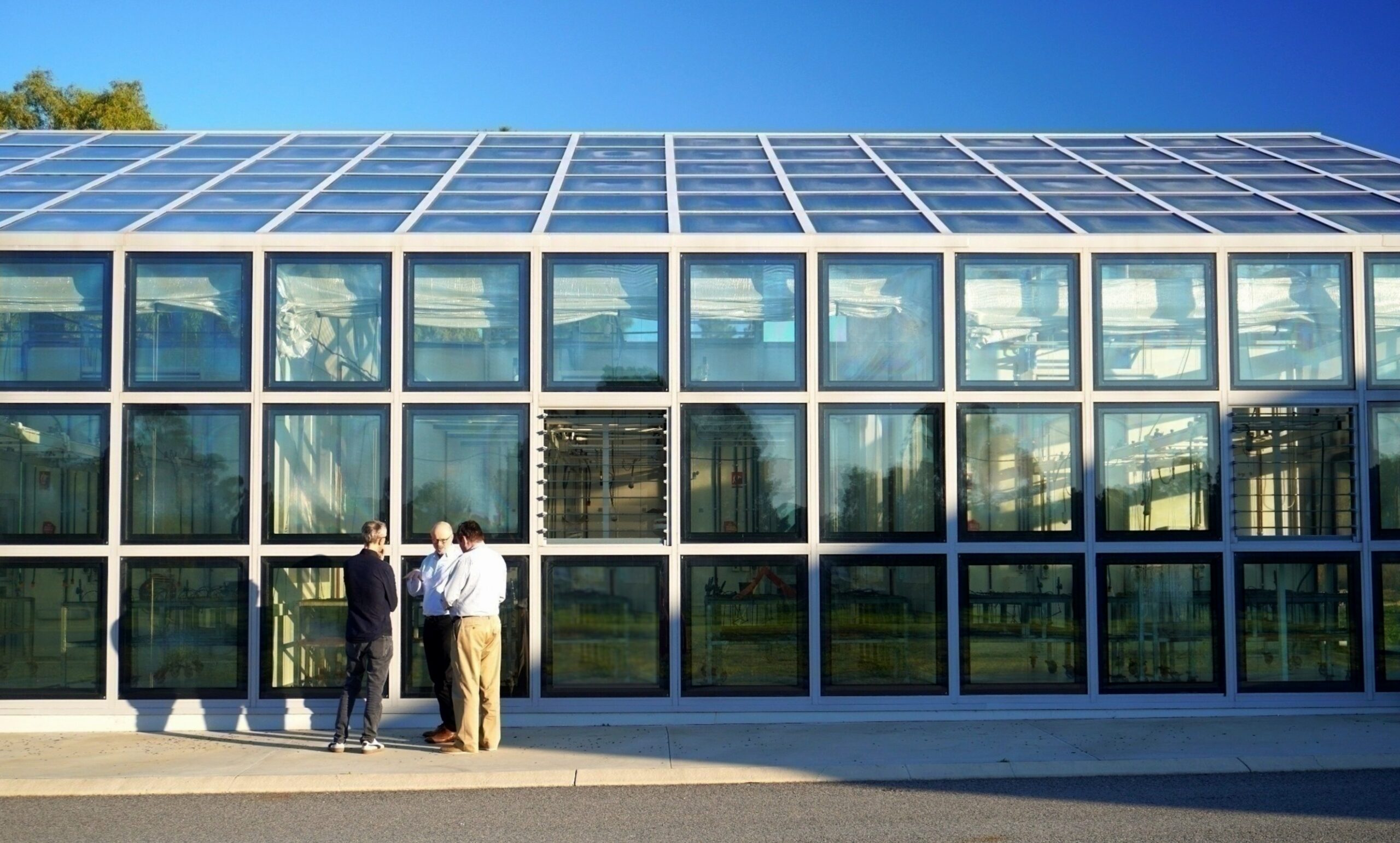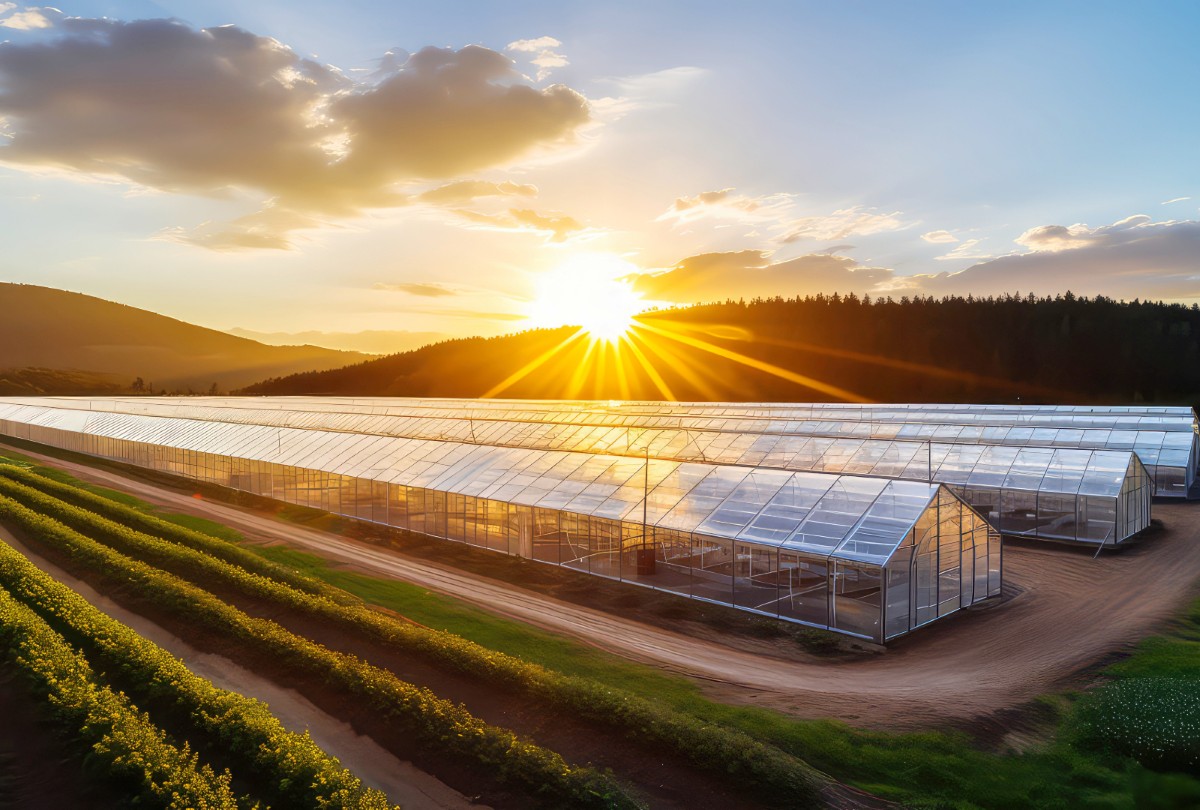ClearVue Technologies joins groundbreaking $20M research project aimed to transform how we grow food while generating clean energy
The Solar Glass Technology That's Already Changing Everything
ClearVue’s pioneering solar greenhouse at Murdoch University has been operating since 2021 and has achieved remarkable results, reducing energy consumption by nearly 40%. Over four growing seasons, we’ve consistently observed energy and water savings, with many plant species producing higher yields in solar grow rooms.
Now ClearVue joined forces with RMIT University and 15 other organizations in an ambitious $20 million research project that will position Australia as the global leader in smart, sustainable farming.

A $20 Million Bet on the Future
The new research program, officially called the ARC Research Hub for Intelligent Energy Efficiency in Future Protected Cropping, represents one of the largest investments in greenhouse technology in Australian history. With $5 million from the Australian Research Council (ARC) and contributions from 16 partner organizations totaling over $20 million, this five-year project aims to create greenhouses that are self-sufficient and improve crop yields.
“We are excited to support this important work being led by RMIT through the ARC Hub,” says Martin Deil, Global CEO of ClearVue. “Our unique technology will contribute meaningfully by generating electricity and using advanced spectral control to enhance crop yields, improve quality, and promote sustainability by reducing energy and water consumption.”
Riding the Wave of a Booming Market
The global agrivoltaics market – which combines agriculture with solar energy – was valued at $4.44 billion in 2024 and is expected to grow at a rate of 10.2% annually, reaching nearly $9.66 billion by 2032. Some projections are even more optimistic, with estimates suggesting the market could reach $7.82 billion by 2029.
This explosive growth is driven by the urgent need to feed a growing global population while reducing agriculture’s environmental impact. Traditional farming consumes enormous amounts of energy and water, but smart greenhouses powered by solar glass could flip that equation entirely.
What Makes This Solar Greenhouse Different?
Unlike traditional solar panels that block light, ClearVue’s transparent solar glass maintains the required light transparency for optimal plants’ growth while delivering three key benefits:
Energy Independence: Greenhouses typically consume massive amounts of electricity for lighting, heating, cooling, and automation systems. Solar glass can offset much of this demand, with some installations achieving 40% energy reductions.
Better Growing Conditions: The spectral control technology filters light to optimize growing conditions, potentially increasing crop yields and quality. ClearVue already achieved some spectacular results at Murdoch University Solar Greenhouse, and we are looking to expand our knowledge in spectrally controlled glass for crops growth.
Water Efficiency: The integrated systems can reduce water consumption, crucial as Australia faces increasing climate challenges.

The Dream Team Behind the Innovation
The research consortium reads like a who’s who of Australian innovation:
- RMIT University leads the charge with their expertise in sustainable technologies
- Australian National University, University of New South Wales, and Western Sydney University bring world-class research capabilities
- Industry partners including South East Water Corporation, Advanced Carbon Engineering, and Protected Cropping Australia provide real-world expertise
- ClearVue Technologies contributes their proven solar glass technology and hard-won experience from the Murdoch solar greenhouse trials
Professor Gary Rosengarten from RMIT captures the vision perfectly: “Greenhouses are vital infrastructure for food security and climate resilience. By harnessing the combined expertise of our research and industry partners, RMIT is excited to be working on world leading technology like ClearVue’s solar glazing to develop cutting-edge greenhouse solutions.”
Looking Ahead: Australia's Food Security Future
The five-year research program, which began on July 1, 2025, with a formal launch planned for November, aligns perfectly with Australia’s national goals for renewable energy and food security. In a world where climate change threatens traditional farming and energy costs continue to rise, smart greenhouses represent a practical solution to multiple challenges.
“We believe Australia has an opportunity to position itself as a global leader in food security innovation, and that ClearVue should be at the forefront of this global discussion,” says CEO Martin Deil.
The implications extend far beyond Australia’s borders. If successful, this technology could be deployed globally, helping countries achieve food security while reducing their carbon footprint. For ClearVue, it represents a pathway to significant market expansion in the rapidly growing agrivoltaics sector.

The Bottom Line
What started as an innovative idea – making glass that generates electricity while staying transparent – has evolved into a technology that could help solve some of humanity’s biggest challenges. With proven results from our solar greenhouse and now backing from Australia’s top research institutions, ClearVue’s solar glass technology is poised to play a major role in feeding the world sustainably.
Every step in achieving these ambitious goals will get us closer to revolutionizing the way in how we produce food and energy.
The ARC Research Hub for Intelligent Energy Efficiency in Future Protected Cropping program runs from July 2025 to June 2030, with formal launch activities planned for November 2025. For more information about ClearVue Technologies’ involvement in the project please read the ASX announcement.



